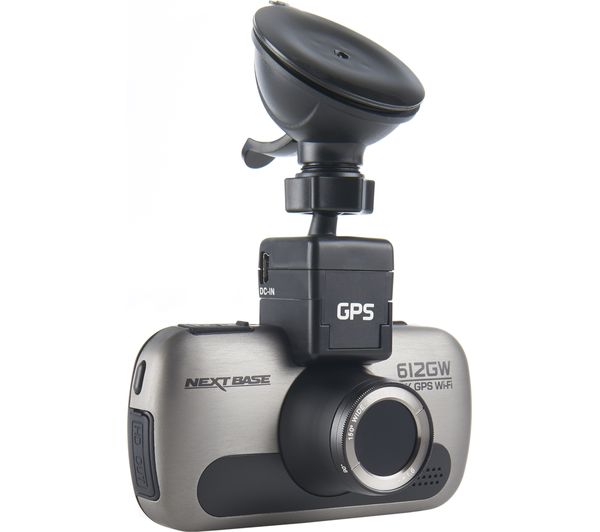

The IMX533 is a 1-inch, 9MP CMOS image sensor in a square format with a 3.76 um pixel size, capable of producing frames at 20 frames/sec in 14bit mode. These are things that we are adding, adding voltage to these levels, or maybe we’re subtracting voltage, and we’re using things like operational amplifiers to do that.įinally we then digitise that value, and we then we have the analogue to digital converter which in all our cameras’ cases is 16 bit ADC.All Pro cameras (with cooler) need to be connected to an external 11-15v power supply to image.Įven when the cooler is not being used the power supply must be used for the camera to be recognized. So we have the CCD amplifier, the main source of noise, then we have some level shifters, and circuitry associated with correlated double sampling if it was present. But there is a noise associated with that and one of my jobs as a camera designer is to make sure that the rest of the electronics involved in handling that signal are adding less noise than the actual CCD itself is adding, and then we get to the point that the limiting factor within the camera is the CCD itself, and that’s not something that we can change. These amplifiers work phenomenally well, so you can amplify just a handful of electrons and produce a voltage from them. So where’s this noise coming from? Well, the most important source is the CCD itself and the amplifier that’s doing the conversion of electrons into voltage. So when we describe one of our cameras as having 3 electrons read noise, what we’re saying is that if we just look at the read noise element of the uncertainty, then 68% of the values would be contained within a region of 6 electrons worth of ADU counts.
#Camera calculate dark noise plus#
We describe the standard deviation of this normal distribution as being, well 68% of the values will be contained within plus or minus one standard deviation of the mean. Normal distributions have this kind of bell shaped curve. Most sources of noise within a CCD camera have what’s called a normal distribution so we can deal with it in a very simple, statistical way. The reason why we don’t measure the same value each time really relates to the amount of noise that’s accumulating within that signal. So if we’re expecting a value from a pixel of 50, maybe one time we measure it, we might get a value of 55, the next time we might get a value of 48.

This is electronic noise – uncertainty – that relates to the measuring of voltage, or a digitised voltage. It’s worthwhile starting off just by mentioning that when we talk about noise, we’re not talking about sound noise. What I’d like to talk about in this video is read noise and how it applies to CCD cameras. Transcript – Read Noise with Steve Chambers In this video Steve Chambers explains what read noise is in relation to a CCD camera, where it comes from and what we do to keep it as low as we can. We’re going to take a look at all three over the coming months, starting with read noise. The kind of noise we’re talking about comes in three main flavours – read noise, shot noise and dark current.

This why all our CCD cameras are designed to be as low-noise as possible, but what do we really mean when we say this? This is particularly important when trying to detect very small signals, such as those we’re trying to capture when we image the night sky. Noise is an unavoidable feature of image sensors, but there are plenty of ways in which we can control it and keep it to an absolute minimum. Following on from our look at what a CCD sensor really is, we’re taking a look at the types of noise associated with them.


 0 kommentar(er)
0 kommentar(er)
